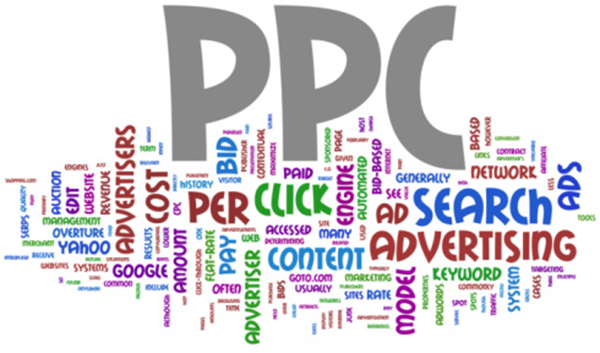How to Structure Your Paid Search Campaigns
A properly laid out pay-per-click (PPC) account structure not only affects your quality score but is the single most important factor in determining how well your PPC campaign performs. Whether you’re planning on using Google AdWords, Bing/Yahoo’s adCenter, or one of the many second-tier search engine ad networks, the core principles of proper account structure are pretty much the same no matter which search-based paid ad platform you choose.
Your first priority should focus on the three key elements that will help you define your account structure.
- Define your goals. There is a world of difference between a branding goal and a sales goal. By defining the exact purpose of your PPC campaign, you’ll be able to make intelligent decisions about your target networks, actionable keywords, and sales copy.
- Establish a realistic budget. Most advertisers find there are more opportunities than there are available funds to take advantage of them with. Start with a realistic figure based on what you can afford each month, and then break that figure down into a daily budget. You may find that your original campaign goals won’t work because there just isn’t enough money to cover the cost of a reasonable number of clicks per day. If you find yourself in this situation, scale back to include only the most relevant campaigns.
- Focus on keyword themes that are relevant to your business and goals, and are attainable with your given budget. One of the worst mistakes you can make is to try to do too much with too little resources.
Refine Your List of Keywords and Keyword Themes
Take advantage of some of the better free keyword tools such as Google’s Keyword Planner. The idea is to generate keyword ideas and group them into a number of common themes. Once you have a set of keyword themes you’ll be able to create a logical account structure.
- Start out with a list of basic keyword ideas, and expand that list with more detailed and specific keyword ideas. Say you sell clothing online. You might start with “clothing for men” and “clothing for women,” then expand into “work clothes for men” and “casual clothing for women.”
- Avoid placing all of your keywords into one or two overly broad themes. This diminishes your keyword relevance and makes it harder to match the appropriate ad to a queried keyword.
Create Your Ad Groups
Once you have a list of keyword themes, you’re ready to create your account structure.
- Many advertisers model their account structure after their basic website structure. Referring back to the example of the online clothing store that sells clothes for men and women, separate campaigns should be created for men’s and women’s clothing.
- A campaign consists of two or more ad groups. For our online clothing store, these might include separate ad groups for work clothes, dress clothes, work boots, and dress shoes. For the sake of manageability, try to limit your ad groups to 100 per campaign.
- Each ad group contains keywords, ads, and a landing page. Limit your keywords to 15 per ad group; if you need more than that, create another ad group. Too many keywords will dilute the ad group theme and make it more difficult to present relevant ads.










